Onboarding best practices
Part 1: Designing the ideal approach
August 1, 2016 | By Leslie Deutsch

New hires enter your door on their first day with shining faces and anxious demeanors. They’re eager and excited—and they’re all looking to you to help in their success. But do you know what it’s going to take to make that happen?
Having managed development teams for over a decade, I’ve experienced first-hand the overwhelming task of getting new employees up to speed.
It’s the ongoing dilemma of needing help but not having enough time to train the help you need. That’s why formal onboarding programs are so important—they’re a key factor not only in hiring great talent, but ramping them up to be productive more quickly.
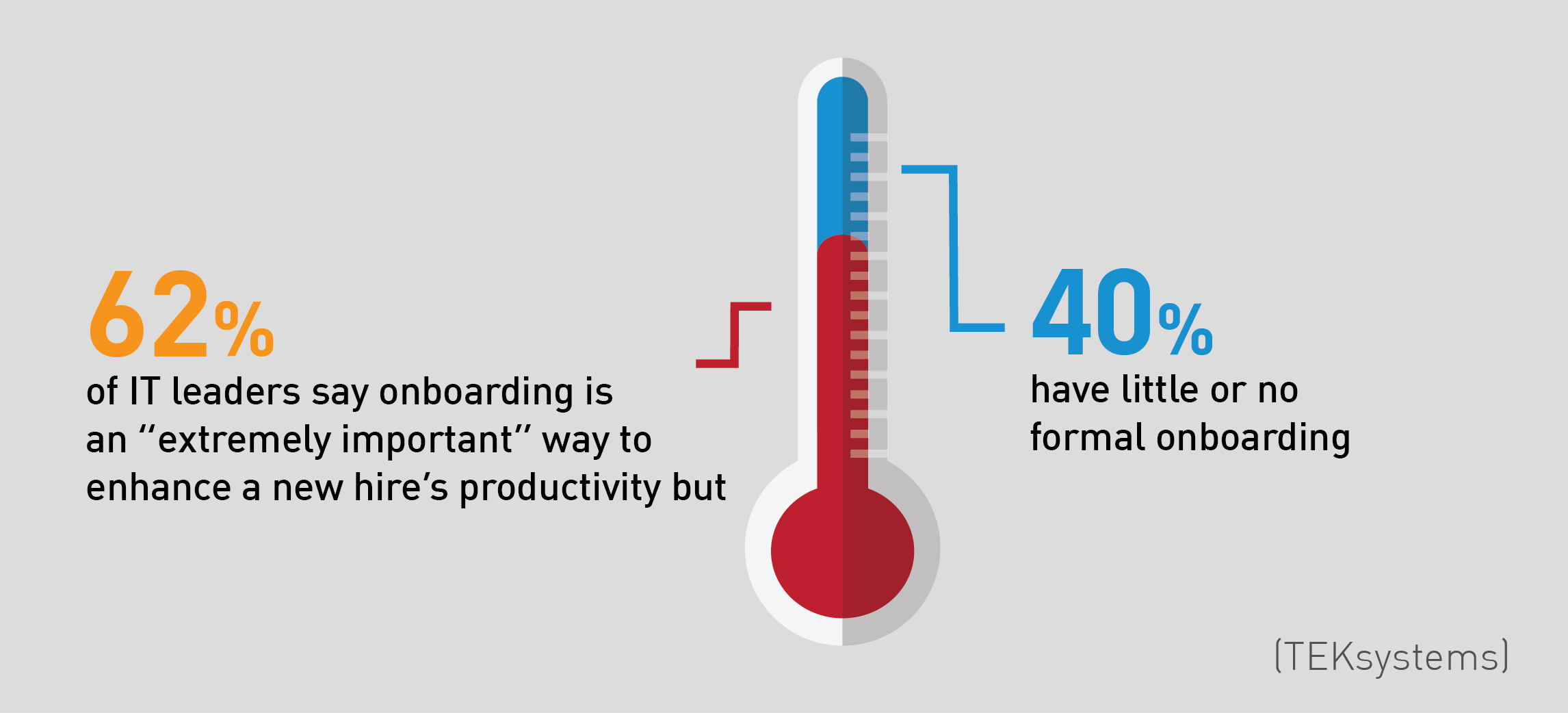
Let me share with you lessons learned, best practices, research and metrics for developing the ideal new hire onboarding program. We'll start with a broad approach to conceptualizing your program, and you can skip ahead to any part of our onboarding best practices series:
Part 2: Pre-onboarding engages new hires before Day 1
Part 3: How orientation differs from onboarding and why it matters
Part 4: Onboarding activities that improve job performance
Part 5: Onboarding metrics that inspire action
First, let’s look at three key tenets for designing the ideal program:
- Creating the program
- Communicating consistency
- Calculating the right metrics
Creating an onboarding program: A broad to narrow approach
Onboarding can be as overwhelming to you as it is to the new hire. One approach is to divide the program into manageable pieces. Start with the basic components that apply to everyone (for example, overall company culture) and move into more specific areas.
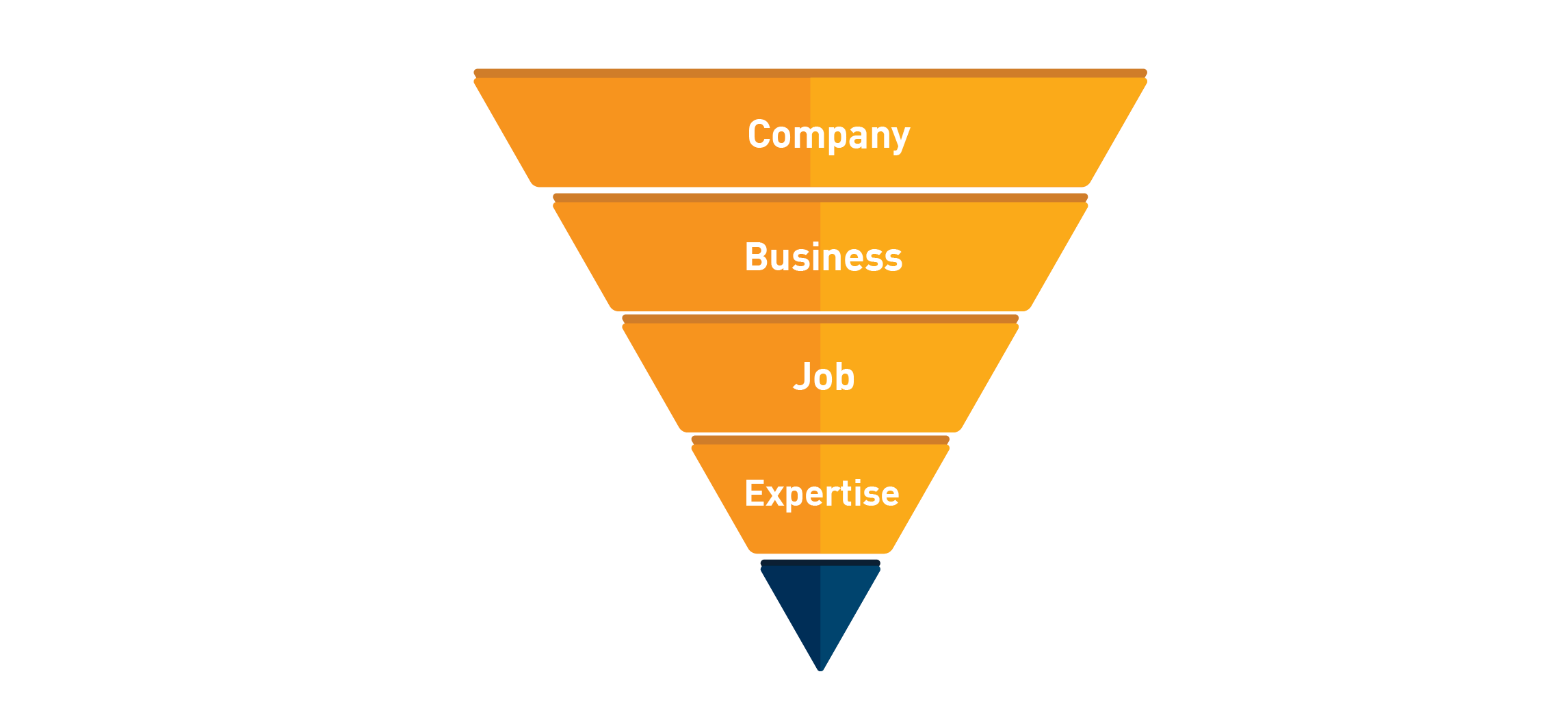
For this successive approach, ask yourself:
- What does every new employee need to know about your company?
- What does an employee need to know about their department or line of business (LOB)?
- What do they need to do their job successfully every day?
- What do they need to know to be successful in their area of specialty or expertise?
Start by defining the knowledge and training every employee needs, regardless of role or department. This initial approach, generally handled by Human Resources, starts with fundamentals, such as your company’s mission, vision, values and goals as well as company policies, continuity and compliance. Every employee also wants to know about time and expense, healthcare and corporate benefits, as well as logistics such as how many buildings are on campus or where to find the cafeteria.
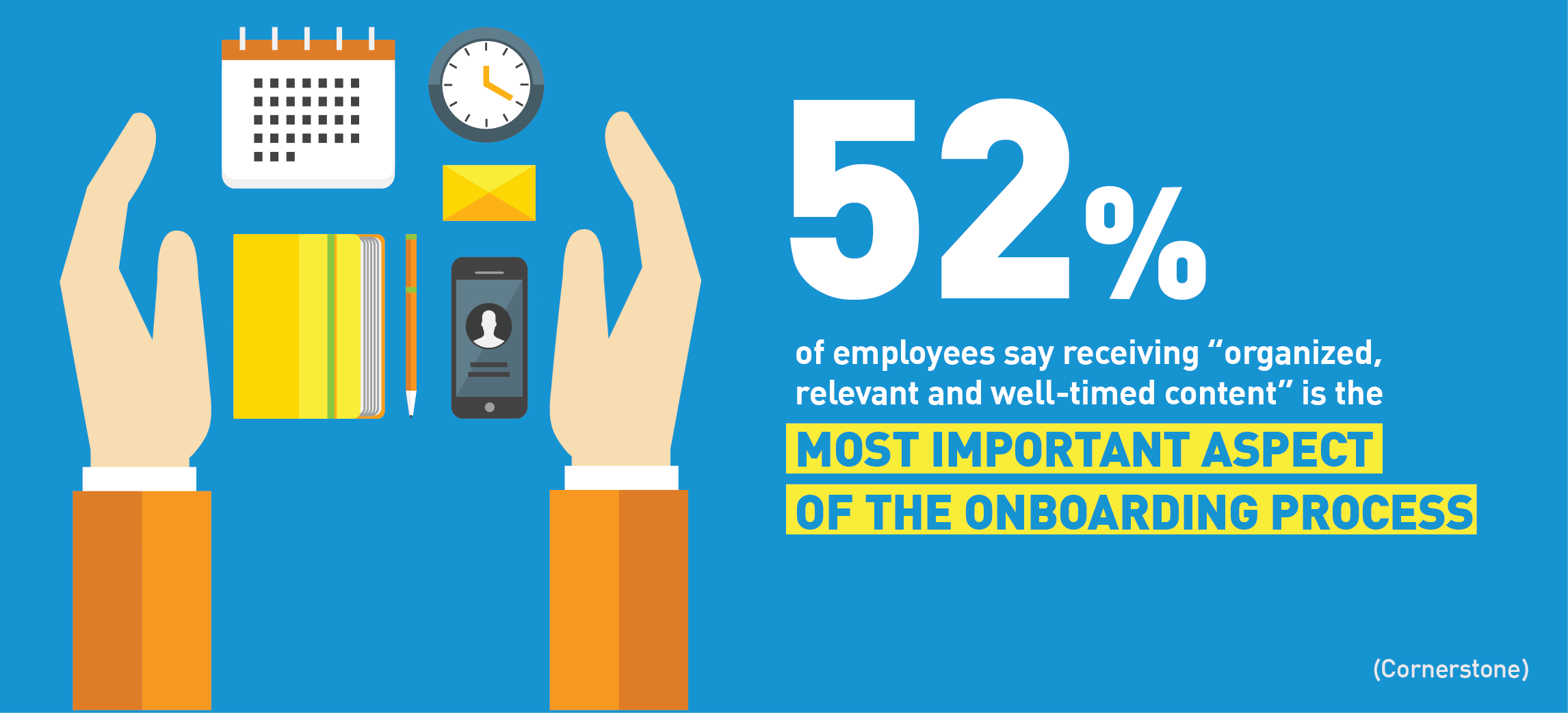
Next, as the employee transitions to their LOB, clarify what they need to know about that particular department. Map out things such as where they’ll sit, setting up equipment (phone, computer, etc.), establishing lunch and break times, and meeting their colleagues. In IT this could also include which systems development life cycle processes need to be followed? Which departments or customers do you support? Are you an Agile or DevOps shop? What systems training is needed?
Break the program down further and assess what is needed for the employee to successfully do their job each day and become productive as quickly as possible. For instance, what training is needed for the specific project they’re assigned to? What software program is being used for development? What milestones need to be reached in the next 30-60-90 days? How will individual success be measured?
In some departments or job roles you can narrow this even further by looking at what’s needed for a specific expertise such as a team lead or scrum master.
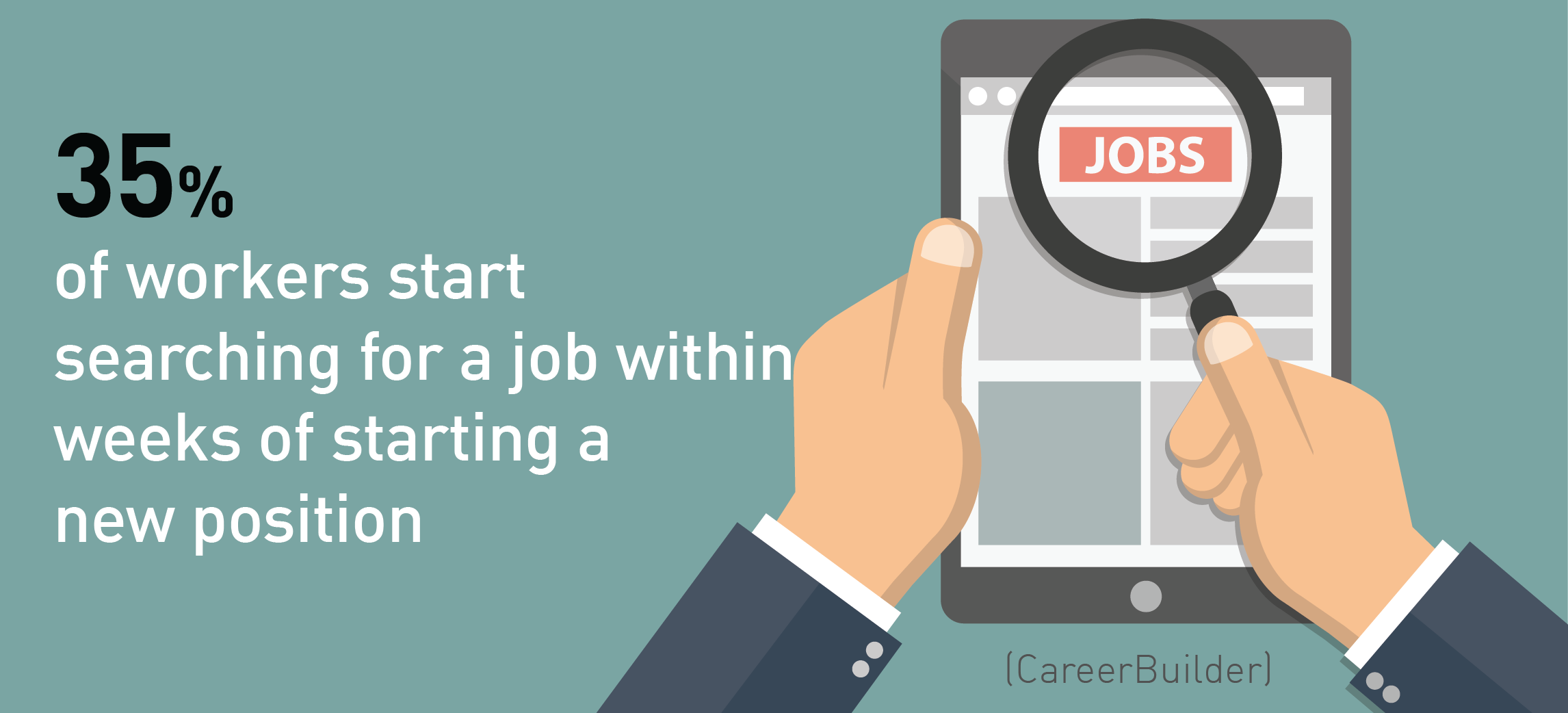
Creating and communicating consistency
Whether your employees are co-located or distributed, each new hire needs to have the same positive, uniform experience. You can create consistency by engaging key leaders and stakeholders in each department—here are a few ideas:
- Hold quarterly meetings with key stakeholders to discover what’s working and what’s not
- Conduct brief surveys with managers and stakeholders to ask what worked well (and what didn’t), what training modalities deliver the best results, and what effective processes could be automated for even greater efficiency
- Ask existing employees to volunteer as mentors, coaches or trainers
- Assess overall hiring projections—how many and where growth is expected, which can determine your delivery plan and even hone in needs within a certain geographical region or across similar roles
Then regularly review the program and the processes to ensure consistency and adherence. Make corrections where needed and get buy-in so everyone is onboarding new employees the same way.
Creating onboarding metrics
The best way to gauge the success of your program is to establish expected, measurable outcomes. I’ve found that these metrics are not only based on best practices, but also need to be unique to your business drivers.
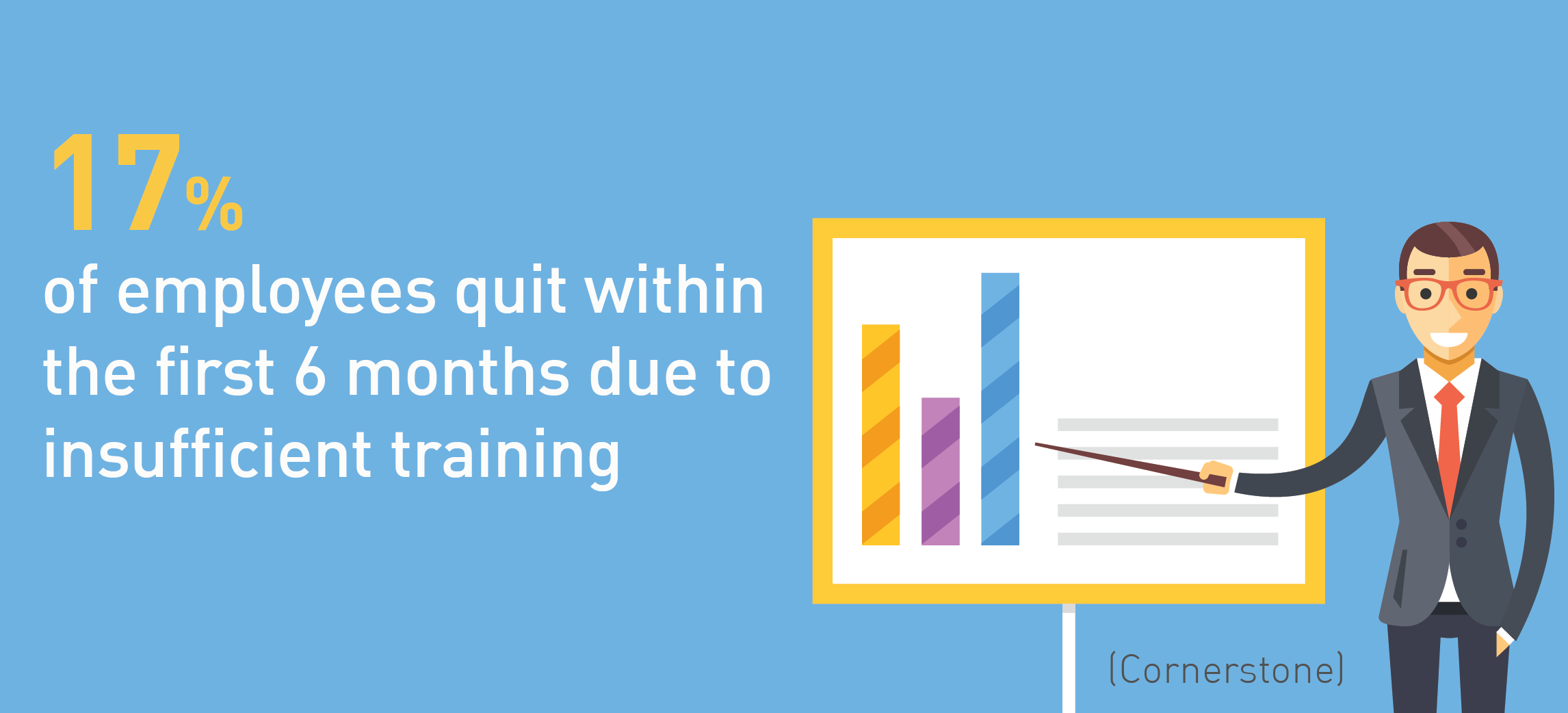
- Talent retention: Potentially, one-third of new employees leave within the first year. Measure your talent loss at the beginning of your new hire program, and then measure every 60, 90 and 180 days.
- Cost of hiring: Calculate the present cost to recruit, hire and onboard a new employee. Re-evaluate these numbers at six months and again at 12 months to weigh your investment in the new hire program.
- Compliance: Determine the current adherence to company policy and measure it at given intervals to assess employee compliance.
- First milestone: Analyze the completion time of the first deliverable, task or milestone and measure that against your projections for the new hire’s productivity timeline. Is it meeting your expectations?
- Satisfaction: Conduct surveys at 30, 60, 90 and 180 days with new hires as well as managers to evaluate the level of satisfaction with the program.
Your Talent Can Achieve Peak Performance
We can help.
